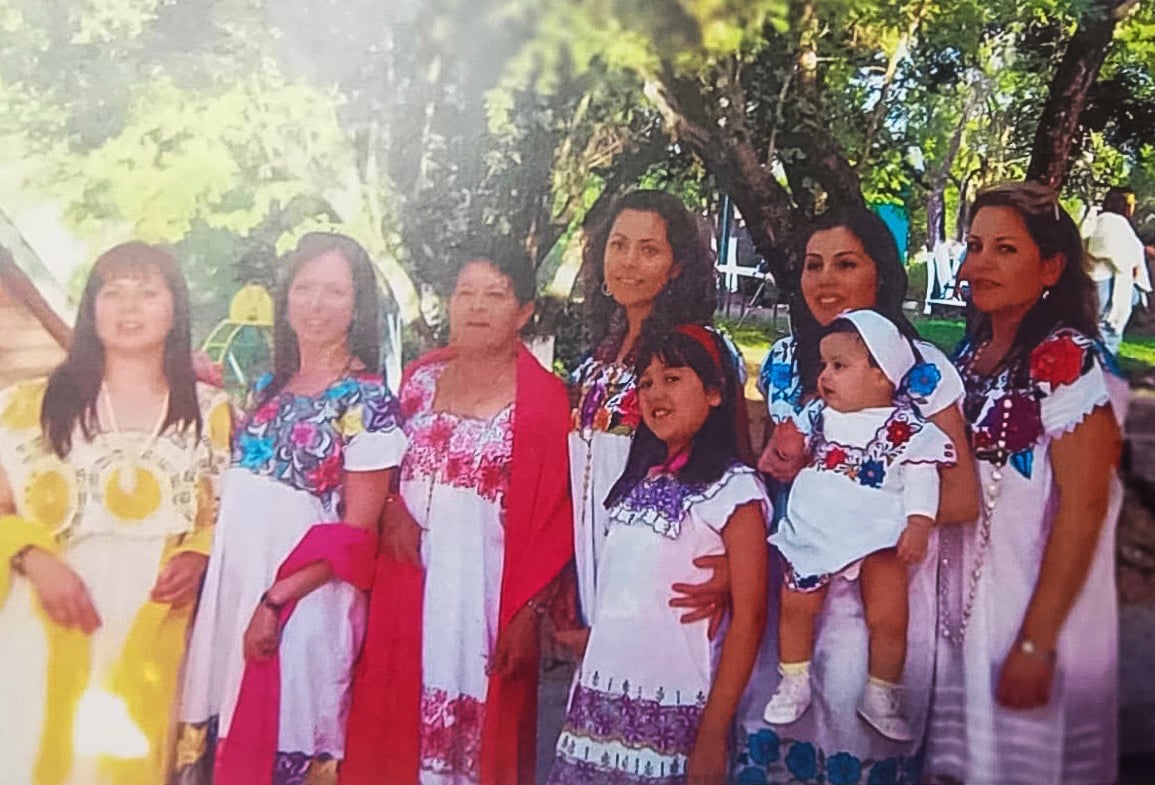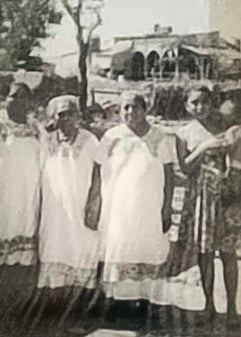
When I moved from Mexico to the United States with my family as a teenager, my last name quickly became a recurring issue in administrative settings. Very often, offices would file documents under my second last name, confusing my first last name for a middle name. I became aware that my name did not follow traditional Anglo-American customs, and that many people in the United States were not familiar with Hispanic last name conventions. After a while, I began to wonder: should I change my name?
I was born Natalia Vega Munguía. Vega is my father’s paternal last name, and Munguía is my mother’s. Modern last name conventions in most of Hispanic America follow Spanish customs: each person inherits the paternal last names of both their parents, placing the father’s paternal last name first and the mother’s paternal last name second.
In Mexico, where my family is from, this full name is used in all legal documents, but in day-to-day life, people normally only use their given name and first last name. So, while I was legally Natalia Vega Munguía, I introduced myself to people as Natalia Vega and signed my name this way in informal settings. Everyone in Mexican society is presumed to have two last names, even if they only use one when introducing themselves. Some people use both last names in informal situations, particularly those with very common names, but this is not the norm.
To make matters more complicated, Mexican names do not include middle names. Many people have what are called “composite” names—for example, “Jose María” is a common composite name for men. María is not a middle name in this case, but a part of the first name. In the United States, however, many people with composite names choose to legally separate their name into first and middle.
Many Latin American immigrants legally change their names after moving to the United States, often to avoid clerical confusion. Some people I know chose to drop their second last name entirely; others combined their two last names into a single word. When deciding how I should handle my own name, I knew that I did not want to lose my maternal last name, as I am extremely close with my mother’s side of the family and see the Munguía name as integral to my identity. On the other hand, I did not want to go the combination route, as the name Vegamunguia seemed long and confusing. I didn’t want to make things unnecessarily difficult for myself—but I knew that I wanted to honor both sides of my family.
 Me as a kid with my mom, my maternal grandmother, and my aunts, wearing the traditional Yucatec hipil.
Me as a kid with my mom, my maternal grandmother, and my aunts, wearing the traditional Yucatec hipil.
Growing up in Monterrey, Mexico, I spent every weekend with both sides of my family: Saturdays were reserved for Mom’s side of the family, and Sundays for Dad’s side. Cousins, uncles, aunts, and grandparents would come together to eat supper and chit chat. On Saturdays, the adults would gather in the dining room and talk for hours while we kids played among the hummingbirds and caterpillars in the backyard, or scurried up to the second floor to play video games in our parents’ childhood bedrooms, surrounded by framed portraits of them in shiny 1980s graduation dresses and permed hairdos. Sundays followed a similar pattern—but my cousins on dad’s side were older, so I usually preferred to sit and read by myself while eavesdropping on the adults’ conversations.

Photo of my maternal grandfather's mother, Mercedes
My mother’s family history always carried a bit of mystery. The easy part is my maternal grandmother’s family, the Barragánes, who lived in Autlán de Navarro, Jalisco, for centuries before my grandmother relocated to Monterrey. (Fun fact: Guitarist Carlos Santana is also from Autlán and is also a Barragán! We have a common ancestor in the 1830s). My grandfather’s ancestors, however, were not so easy to figure out. His mother, Mercedes, was Maya—she primarily spoke Yucatec Maya and knew very little Spanish. She was shunned by her father, so she changed her last name later in life, which makes it difficult to search for records about her. My grandfather’s father was—as far as we know—originally from Puebla, but his family sent him away to a safer location when he was a child, in the wake of the Mexican Revolution of 1910. He was never able to find his family again. He and my grandfather tried to track them down for years, but to no avail.
My dad’s side of the family has also been difficult to trace. My paternal grandfather passed away years before I was born and left seemingly no documentation behind, and my grandmother remembers little about her parents’ families. I refuse to believe that I won’t find records if I keep digging, but it has been a fruitless search so far, and it’s hard not to get discouraged. When I feel like I want to give up, though, I think of how my grandmother has kept a reminder of my grandfather in every house she has lived in since his passing: an old softball bat reclined against the wall in a corner of her bedroom. Isn’t that why so many of us take on this journey—to keep alive the memories of loved ones?
I feel lucky to be part of the Vega and Munguia families and to preserve their memories within my name. I ultimately decided to honor both sides by keeping both last names, hyphenating them so that I am now Natalia Vega-Munguia. Adding the hyphen was a relatively minor change which has saved me from countless headaches and clerical errors over the years. I especially love that my maternal last name, which in Mexico was mostly relegated to legal documents, has now become inseparable from the rest of my name. I am proud to carry both family names at all times with equal weight.
Further Learning
External Database: Informe Académico
This resource contains quality reference material on an easy-to-use interface configured for Spanish-speaking users, allowing researchers to analyze topics and conduct research in Spanish. Gale OneFile: Informe Académico meets the research needs of Spanish-speaking users with a wide range of full-text Spanish and Portuguese language scholarly journals and magazines, both from and about Latin America. This resource is available to members of American Ancestors.
External Database: Indigenous Histories and Cultures in North America from AM Explorer
Do you have ancestors who belonged to an indigenous culture in North America? Just one of many essential collections from AM Explorer, this database collects manuscripts, artwork, newspapers, and photographs documenting indigenous communities from the time of early European colonization through the mid-20th century. This resource is available to members of American Ancestors.
Online Research Workshop: Using Technology in Family History Research
Join us June 13-15 for an interactive online workshop with our experts! We’ll discuss how technology has revolutionized family history research, and go over everything you need to know to take advantage of available tools and keep up with cutting-edge advancements. Register before the end of April to take advantage of a special discounted price for this program.
Share this:

About Natalia Vega-Munguia
Natalia Vega-Munguia is the Research Services Coordinator at American Ancestors. She graduated from Boston University with a BA in History and a minor in History of Art and Architecture. She has previously worked for Revolutionary Spaces in Boston. Her interests include Boston history, music history, and expressionist art. In her free time, she enjoys oil painting and collecting vintage and antique books and magazines.View all posts by Natalia Vega-Munguia →